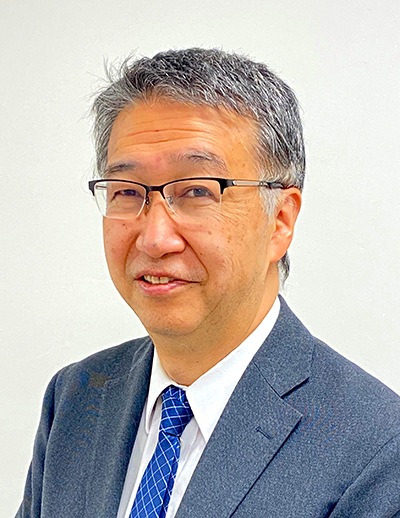Dr. NAKASUKA Shinichi
2021 Asia-Pacific Region Excellence in Space Award
Professor,
Department of Aeronautics and Astronautics
Graduate School of Engineering, The University of Tokyo

2021 Asia-Pacific Region Excellence in Space Award
Professor,
Department of Aeronautics and Astronautics
Graduate School of Engineering, The University of Tokyo
I watched, as an eight year old boy, TV showing the landing on the moon of Apollo 11 “Eagle Lander” in 1969. I was so impressed and thrilled by the scene, which came into my mind as one target of my future career. Especially at that timing, I was taught by my father that the allowance of the angle at the time of Earth atmospheric reentry, called “a corridor,” was very small (I don’t remember the exact number but it was about 1-2 degree), and I remember that I did not sleep well with fear until the successful reentry was announced. Therefore, my first impression about space was that “so high level technologies are required” and “space is a very dangerous place.”
At the time when I was a student of Department of Aeronautics and Astronautics around 1980s, I studied navigation, guidance and control for spacecraft. Research itself was very interesting, but I felt some frustration such that even if I studied and invented novel methods for spacecraft, space agency or industry will not use them until such technology is fully demonstrated as “safe” to be onboard. Then I started to think that if I develop my own satellite, then I can use such new technologies on my satellite more freely. That was one reason why I started development of CanSats and real orbital satellites together with my students around 2000.
We first challenge 1U CubeSat (1kg), but at that era, there were no commercial off the shelf components to be implemented in such a tiny satellite, so we developed everything by ourselves. We didn’t have launch opportunity in Japan, no experience of frequency license acquisition, and our laboratory didn’t have any ground testing facility. I, together with my students, solved all of these problems one by one, and finally our tiny satellite “XI-IV” was launched in 2003 as the world first 1kg satellite. In around 2000, many people criticized us that such 1kg satellite developed by university students will not work in space, but this satellite has been surviving in space for more than 19 years, opening a door of CubeSat world. This was the largest challenge in my career, and my motivation towards this activity was the feeling that we are challenging such a thing which no one has done before, in addition to that I wanted to have my own satellites on which I can freely test our new technologies.
It was a great honor and big joy for me to receive this award at the year when this award has started. Through this award reception, I would like to convey the importance of “challenge” to many people who are working on space development and utilization. And receiving this award also motivated me very much to do a new challenge.
“Challenge” is very important; without that, space technologies and utilizations will never evolve. However, please make an appropriate plan for your challenge, such as gradually stepping up considering your current technology level. And even if you don’t have much resources to do space activities, including fund, facilities, technologies, please consider what you can do with such available resources, and actually start some activities. Failures may occur during the challenges, but don’t stop your activities at such occasions. I hope that you, younger generation, will create a new world in space development and utilization with such “challenging and never give-up spirit.”